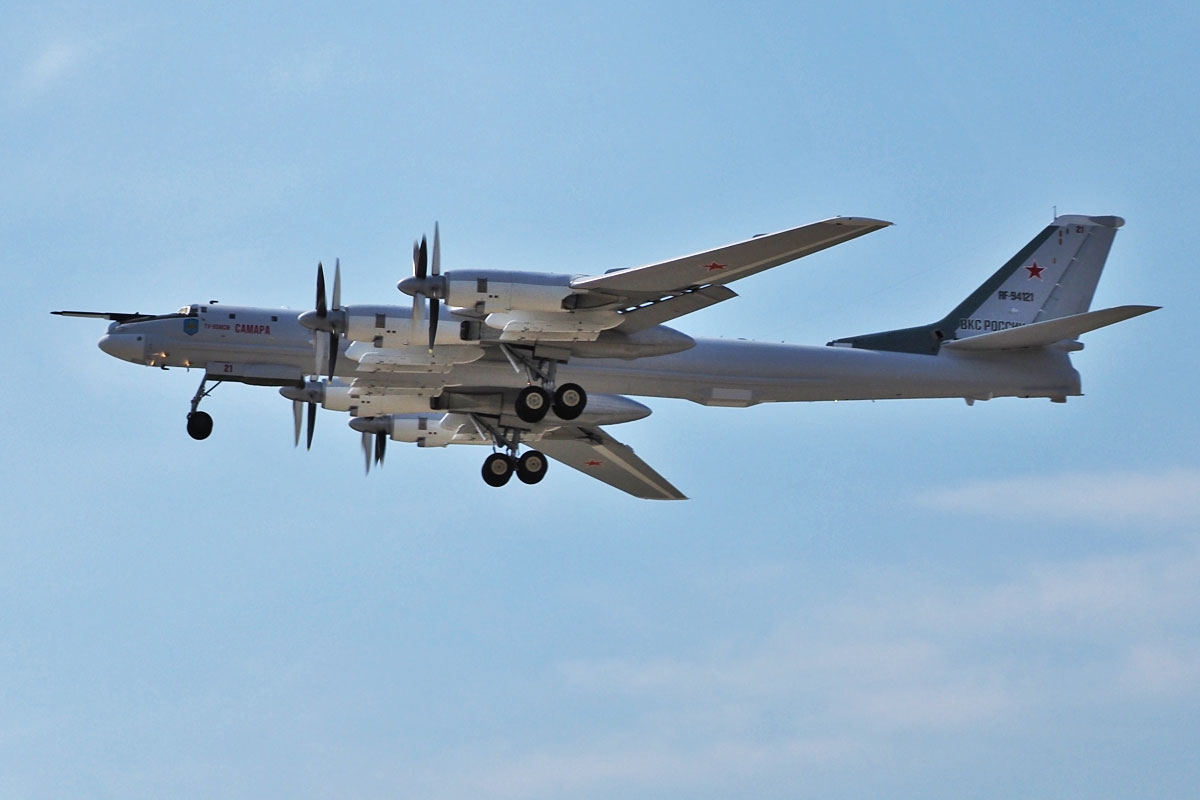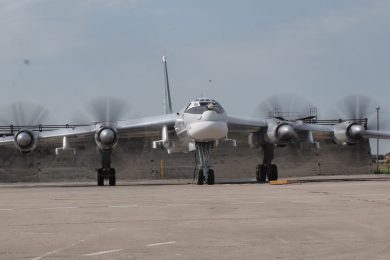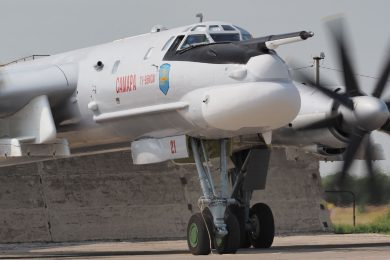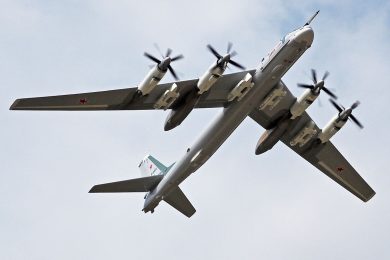When ‘Bear’ first took off in November 1952, Joseph Stalin was still the premier of the Soviet Union, although he was already quite ill. The Cold War was already a reality and the conflict between the Koreas put Russians and Americans in conflict in Southeast Asia. Seven months earlier, the United States had flown the inaugural flight of the B-52 Stratofortress, the most impressive strategic bomber ever created. The Tu-95 was, therefore, a response to its rivals, but with original solutions.
Instead of the inefficient turbojets, the massive Tupolev boasted turboprop engines that powered counter-rotating propellers. It had a set of landing gears so high that it made the plane look like a heron. And, like the B-52, the ‘Bear’ (name given by NATO) has also become a versatile, robust and extremely resistant platform. Proof of this is that on Saturday, 22, UAC, the company that controls almost all Russian aircraft manufacturers, flew the TU-95MSM, the latest version of the aircraft.
The turboprop aircraft is a profound update on the project and has received new equipment such as the new Novella-NV1.021 phased array radar, a new flight control and information display system, and the Meteore-NM2 airborne defense complex. In addition, the Tupolev bomber has the new SOI-021 information display system, new weapons control system and improved Kuznetsov NK-12MPM turboprop engines.
The aircraft took off from the Beriev Aircraft Plant in Taganrog and performed a flight lasting 2 hours and 33 minutes. According to Yuri Slyusar, CEO of UAC, the Tu-95MSM will be able to transport eight strategic missiles instead of four: “A possibility has appeared to carry eight instead of four missiles, ie to increase its weapon payload two-fold and extend the aircraft’s service life considerably,” he explained to the TASS agency.
The Russian Air Force, however, does not reveal how many Tu-95s will be converted to the new standard. Currently, the country operates a fleet of around 40 turboprop aircraft, which are part of the strategic fleet together with the Tu-22M and Tu-160, which are also being modernized.
The ‘Bear’, however, is still an aircraft of unbeatable performance in some aspects. In 2010, for example, a Tu-95 set the world record for nonstop flight, covering about 30,000 km in 43 hours with 4 aerial refueling.





